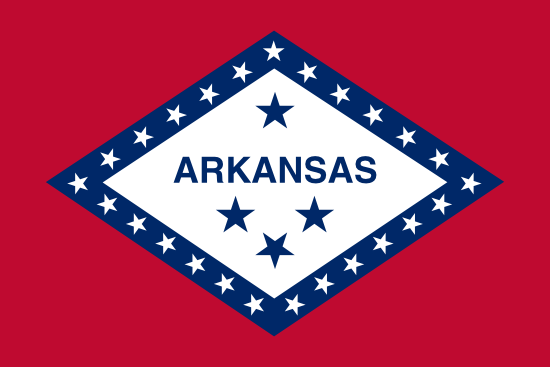
Omaha
- County:
- Boone County
- County Seat:
- No
- Area (mi²):
- 0.39
- State:
- Arkansas
Omaha is a town located in Boone County, Arkansas. Omaha has a 2025 population of 131 . Omaha is currently declining at a rate of -0.76% annually but its population has increased by 1.55% since the most recent census, which recorded a population of 129 in 2020.
The median household income in Omaha is $40,625 with a poverty rate of 20.97%. The median age in Omaha is 36.5 years: 41.5 years for males, and 32.7 years for females. For every 100 females there are 36.8 males.